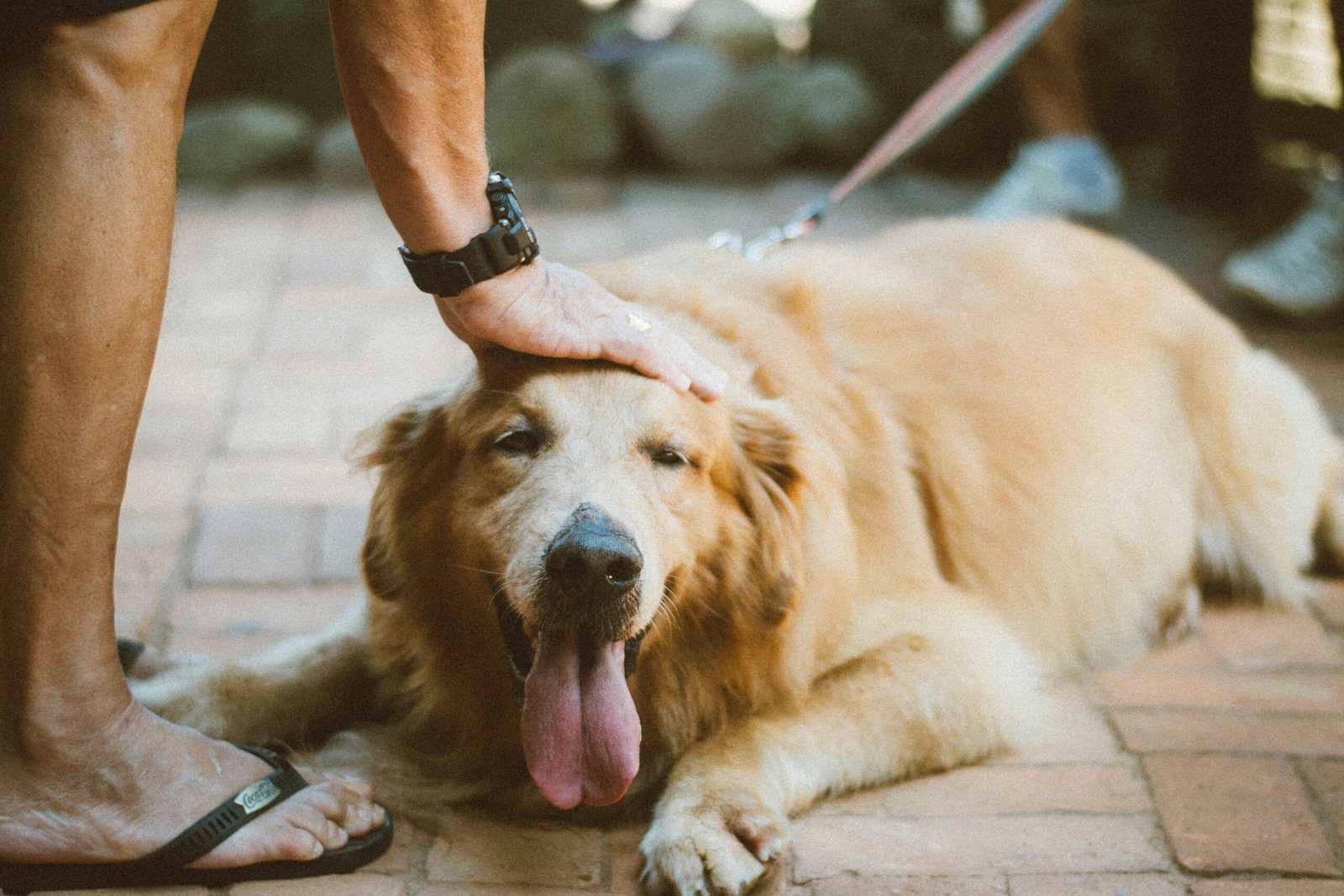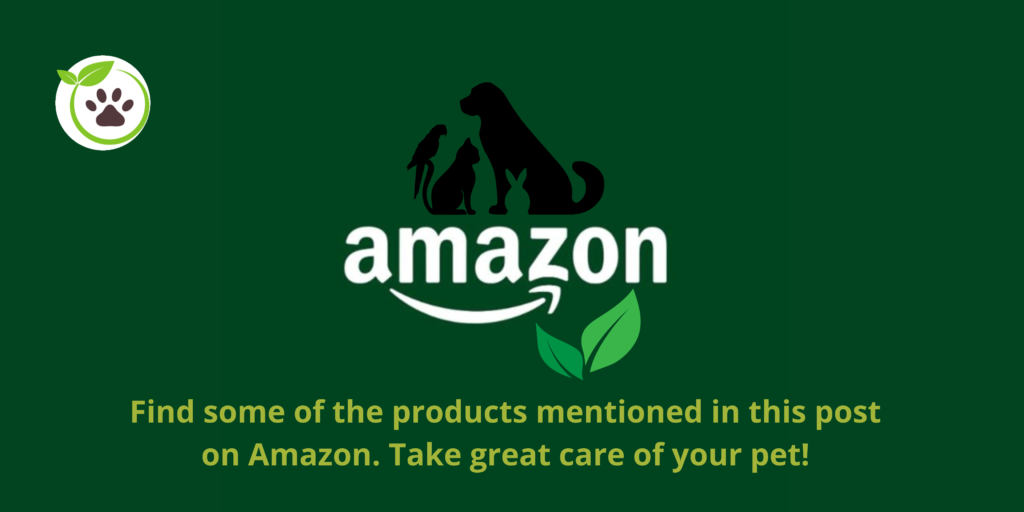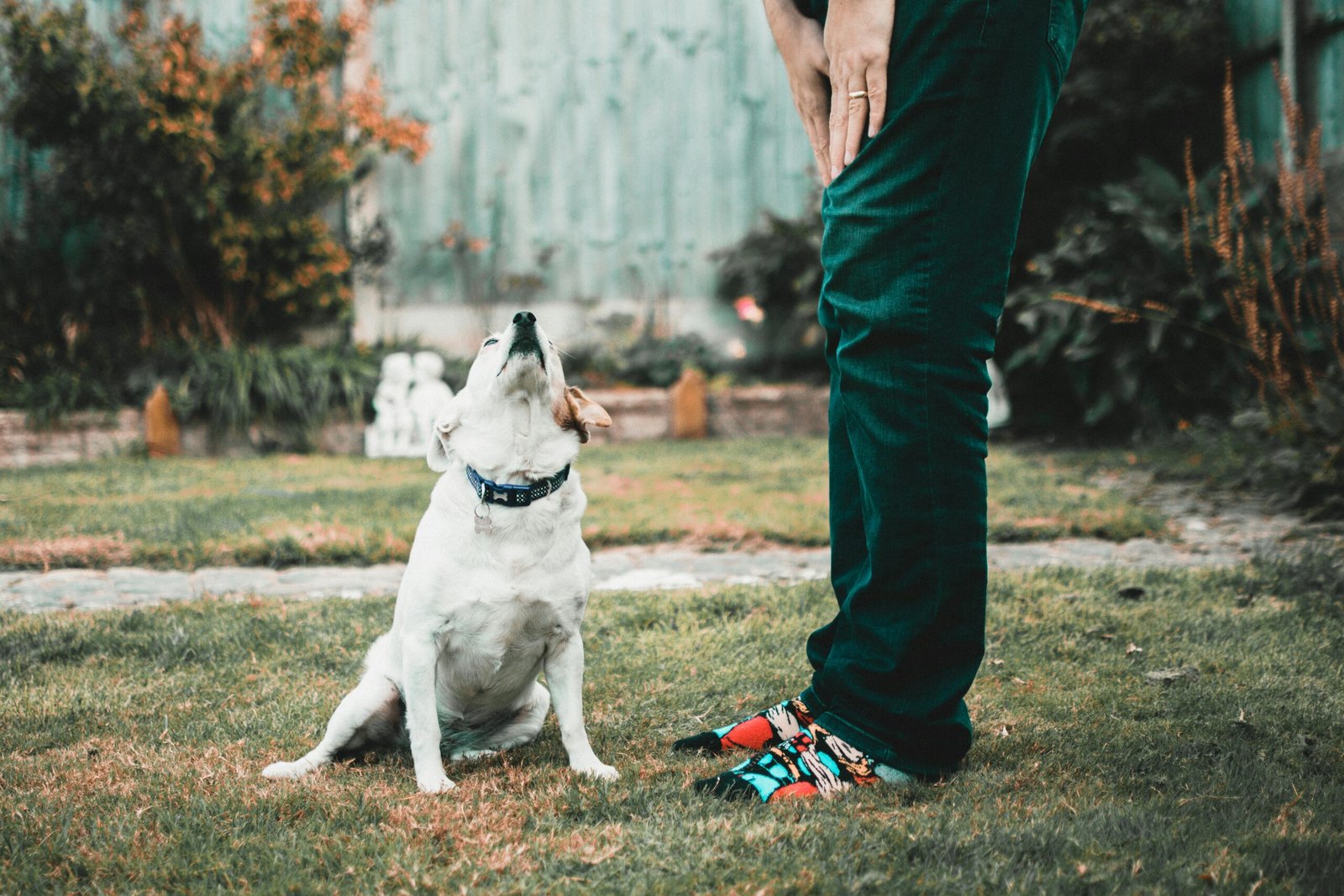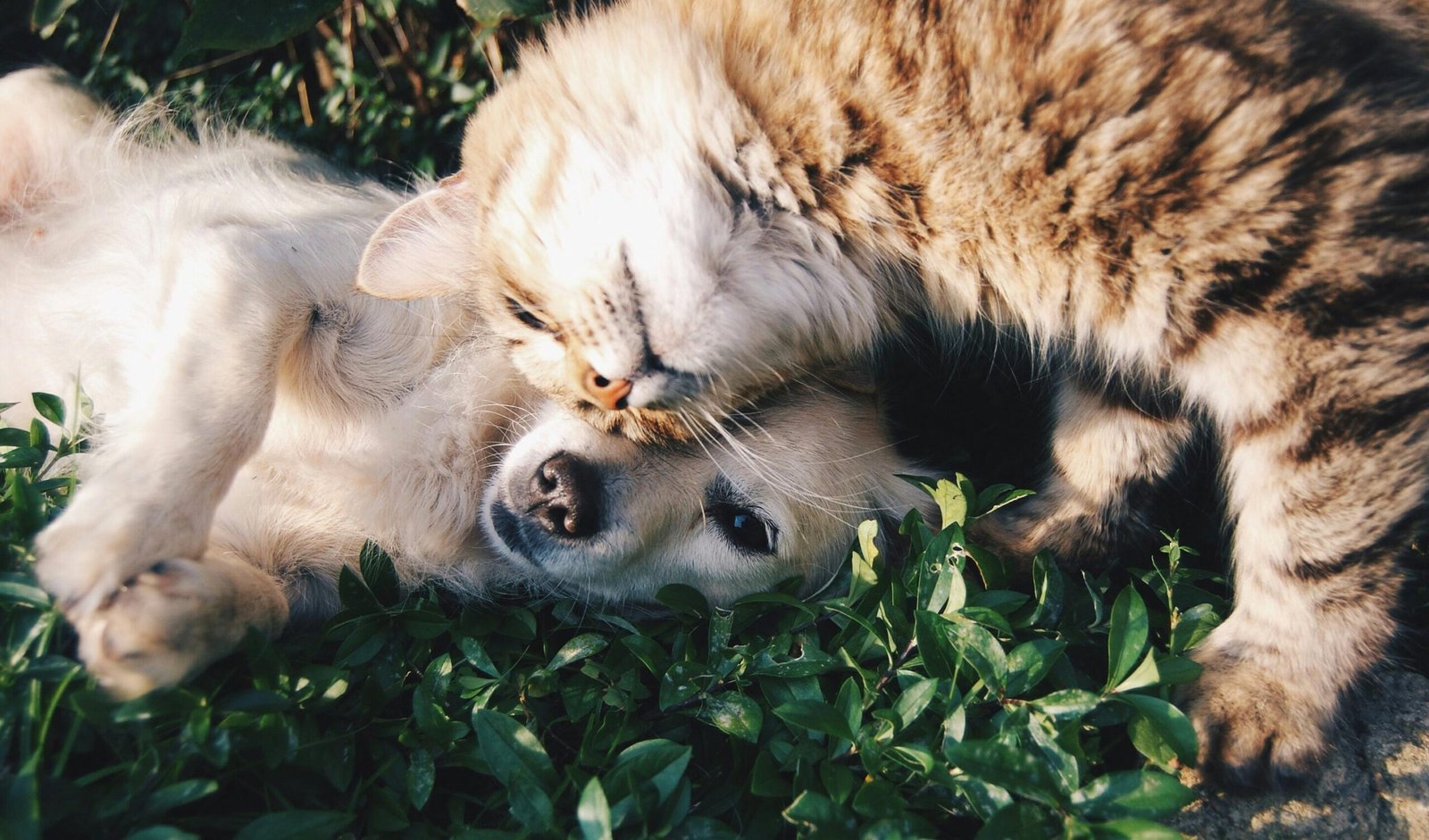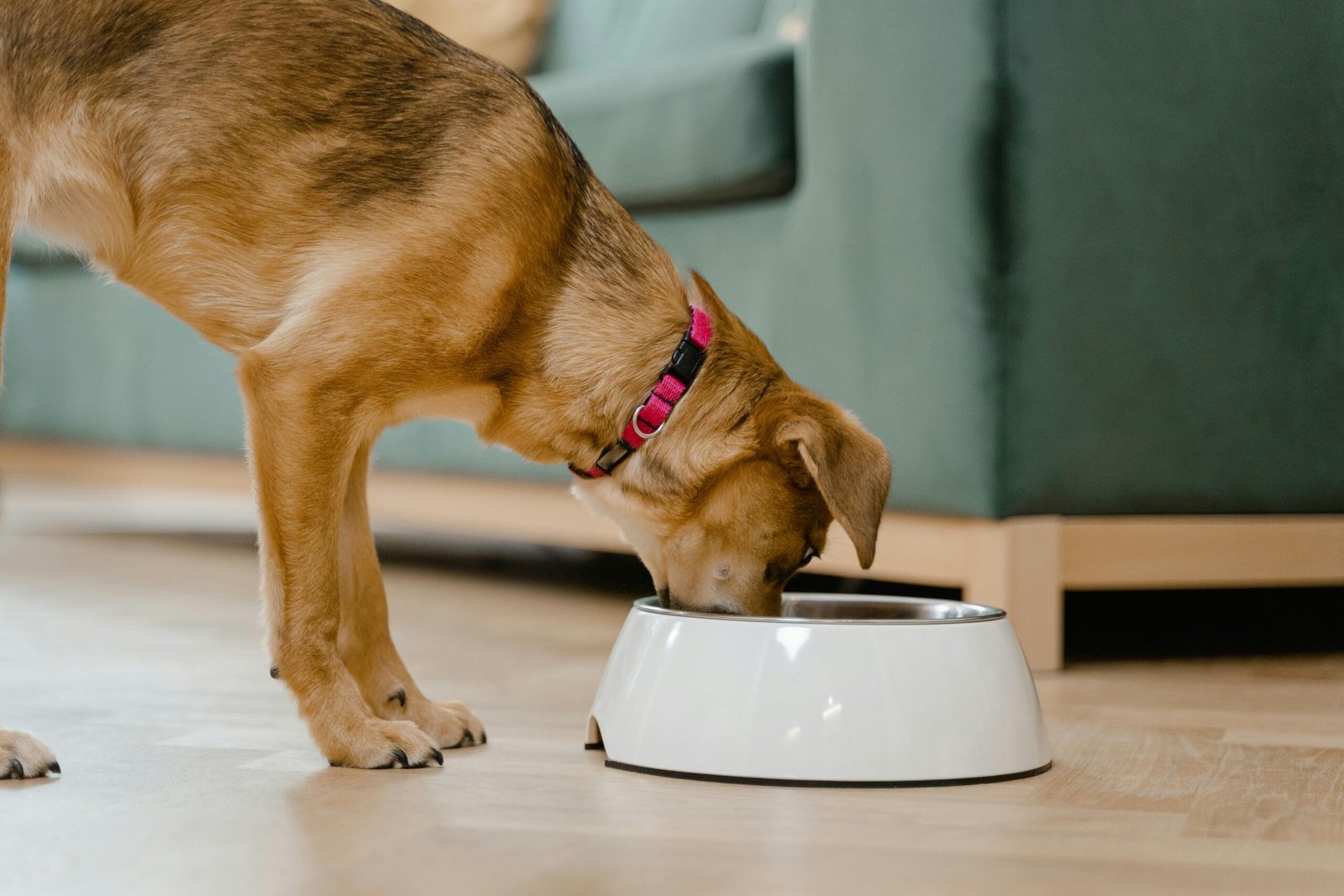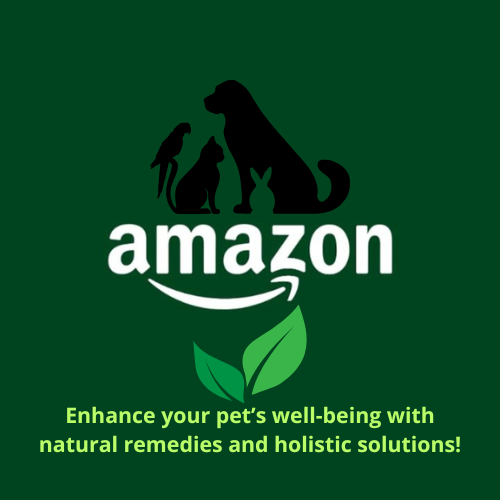Many dogs suffer from separation anxiety, exhibiting behaviors like excessive barking or destructive chewing. Learn how to address this issue with natural methods and calming products, fostering a happier and healthier life for your furry friend.
Introduction: Understanding and Addressing Canine Separation Anxiety
Separation anxiety in dogs is a common and distressing issue affecting millions of pet owners worldwide. This condition manifests as a range of undesirable behaviors displayed when a dog is left alone, often stemming from a strong attachment bond and fear of abandonment. Dog separation anxiety is not simply a matter of whining; it can involve excessive barking, destructive chewing, house soiling, pacing, and even self-harm. Witnessing your beloved canine companion exhibit these symptoms can be heartbreaking, but thankfully, there are effective strategies to alleviate their distress and promote a calmer, more secure state of mind. This comprehensive guide will explore natural and holistic approaches to managing canine separation anxiety, helping you provide the support your dog needs to overcome this challenging condition and enjoy a more harmonious relationship. We’ll delve into the causes, symptoms, and most importantly, the effective solutions that prioritize your dog’s well-being without resorting to harsh medications. Learn how to create a safer and more comfortable environment for your furry friend, using natural anxiety relief for dogs, and ultimately strengthening your bond.
Understanding the Roots of Separation Anxiety in Dogs
Several factors can contribute to the development of separation anxiety in dogs. These include:
- Early Life Experiences: Dogs separated from their mothers too early or those who experienced inconsistent or traumatic early socialization may be more prone to anxiety.
- Changes in Routine: Significant changes in a dog’s life, such as a move to a new home, the arrival of a new family member or pet, or a change in work schedule, can trigger anxiety.
- Underlying Medical Conditions: Certain medical conditions can mimic the symptoms of separation anxiety. It’s crucial to rule out any underlying health issues through a veterinary checkup.
- Breed Predisposition: While any breed can experience separation anxiety, some breeds may be genetically predisposed to anxiety disorders.
- Lack of Training and Socialization: Proper training and socialization are essential for building a dog’s confidence and reducing anxiety.
Natural Solutions for Managing Separation Anxiety
Fortunately, there are numerous natural and effective methods to help your dog cope with separation anxiety. These approaches focus on creating a calming environment, providing your dog with comfort, and gradually desensitizing them to being alone.
1. Environmental Enrichment and Comfort:
- Safe Space: Create a designated safe space for your dog, such as a crate or dog bed, where they feel secure and comfortable. Make it inviting with comfortable bedding and familiar toys.
- Calming Music or White Noise: Play calming music or white noise to mask external sounds that might trigger anxiety.
- Familiar Scents: Leave a familiar-smelling item, such as a worn shirt or blanket, with your dog when you leave. This provides a sense of comfort and security.
- Puzzle Toys: Provide puzzle toys to keep your dog mentally stimulated and occupied while you’re away. This can help reduce boredom and anxiety.
2. Natural Calming Aids:
- Pheromones: Dog-appeasing pheromones (DAP), such as Adaptil, can help reduce anxiety by mimicking the calming effects of a mother dog’s pheromones.
- Calming Supplements: Supplements containing L-theanine, chamomile, or tryptophan can help promote relaxation and reduce anxiety. Always consult your veterinarian before giving your dog any supplements.
- Herbal Remedies: Certain herbs, such as chamomile and valerian root, have calming properties and may be beneficial in reducing anxiety. However, it’s crucial to consult your veterinarian before using herbal remedies for your dog.
- Calming Treats: Many commercially available calming treats contain ingredients designed to promote relaxation. Look for treats that are specifically formulated for anxiety relief and are veterinarian-approved.
3. Desensitization and Counter-Conditioning:
- Gradual Separation: Start by leaving your dog alone for short periods, gradually increasing the duration as they become more comfortable. Reward calm behavior with treats and praise.
- Positive Reinforcement Training: Train your dog to associate your departure with positive experiences, such as receiving a treat or playing a game.
- Professional Help: If separation anxiety is severe, consider seeking professional help from a certified veterinary behaviorist or a qualified dog trainer. They can provide personalized guidance and develop a behavior modification plan tailored to your dog’s specific needs.
Treating Wounds in Pets with Natural Herbs
Many pet owners seek natural alternatives for treating minor wounds on their beloved companions. While veterinary care is essential for serious injuries, several herbs possess remarkable wound-healing properties. Always consult your veterinarian before using any herbal remedies on your pet, especially if the wound is deep, infected, or shows signs of complications.
Caléndula (Calendula officinalis):
Calendula is a well-known herb with potent anti-inflammatory and antiseptic properties. It can accelerate wound healing and reduce pain and inflammation. Apply a diluted calendula tincture or a calendula ointment directly to the wound after cleaning it thoroughly. Always test a small area first for any allergic reactions.
Aloe Vera (Aloe barbadensis miller):
Aloe vera gel possesses soothing and healing properties. It promotes tissue regeneration and reduces inflammation. Apply a small amount of pure aloe vera gel to the wound after cleaning it. Avoid using aloe vera that contains added ingredients or fragrances.
Preparing Compresses:
For both calendula and aloe vera, you can prepare gentle compresses. Steep a small amount of the herb in warm water, allow it to cool, and then apply the cooled liquid to the wound using a clean cloth or gauze. This method is especially useful for minor scrapes and burns.
Important Considerations:
- Cleanliness: Thoroughly clean the wound before applying any herbal remedy.
- Veterinary Consultation: Consult your veterinarian before using any herbal remedy, especially for serious wounds or if your pet shows signs of infection (e.g., swelling, redness, pus).
- Allergic Reactions: Always test a small area of skin for any allergic reactions before applying the herb to the entire wound.
- Monitor the Wound: Closely monitor the wound for any signs of infection or lack of healing.
FAQ
Q: What causes separation anxiety in dogs?
A: Separation anxiety in dogs can stem from various factors, including early life experiences, changes in routine, underlying medical conditions, breed predisposition, and lack of training and socialization.
Q: How can I help my dog feel more secure when alone?
A: Create a safe and comfortable space for your dog, use calming aids like pheromones or supplements, gradually desensitize them to being alone, and consider professional help if needed.
Q: What are the signs that my dog is anxious?
A: Signs of anxiety can include excessive barking, destructive chewing, house soiling, pacing, whining, drooling, panting, and attempts to escape. If you notice these behaviors, consult your veterinarian.
Q: Are there any risks associated with using natural remedies for separation anxiety?
A: While generally safe, some natural remedies can interact with medications or cause allergic reactions. Always consult your veterinarian before using any new remedies, especially if your dog has pre-existing health conditions. They can help determine the appropriate dosage and ensure the safety of your pet.
Q: How long does it take to see results from natural remedies for separation anxiety?
A: The timeframe varies depending on the severity of the anxiety and the chosen remedies. Some dogs may show improvement within a few days, while others may require several weeks or even months of consistent treatment. Patience and consistency are key.
Keywords: dogs, separation anxiety, canine behavior, natural calming aids, canine wellbeing, dog anxiety remedies, calming treats for dogs, anxiety relief for dogs
Share this content:

